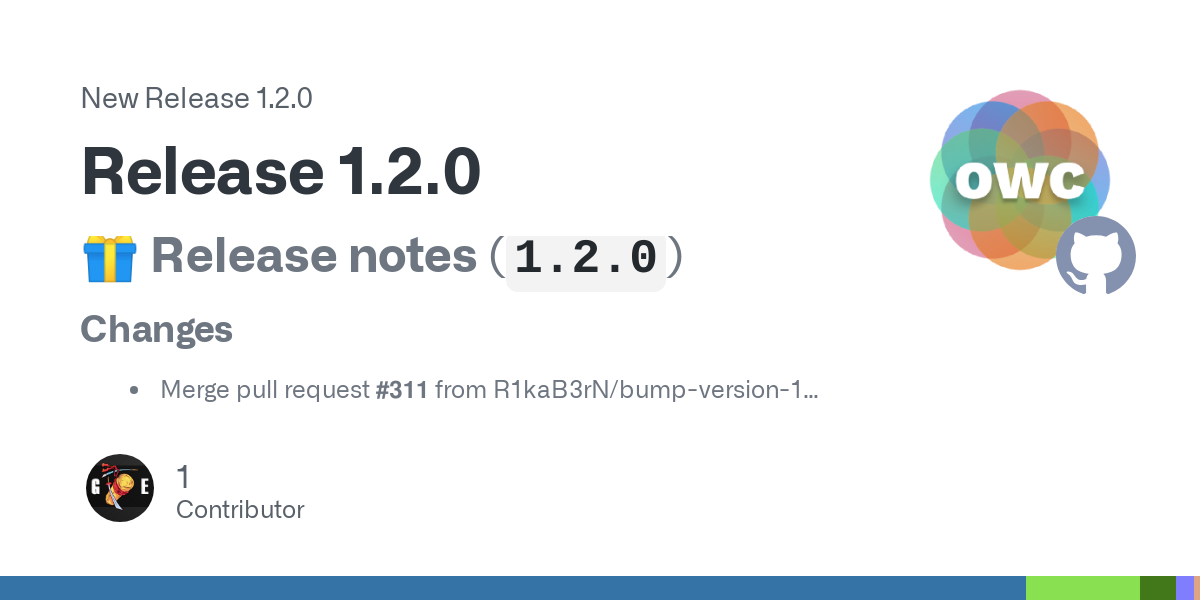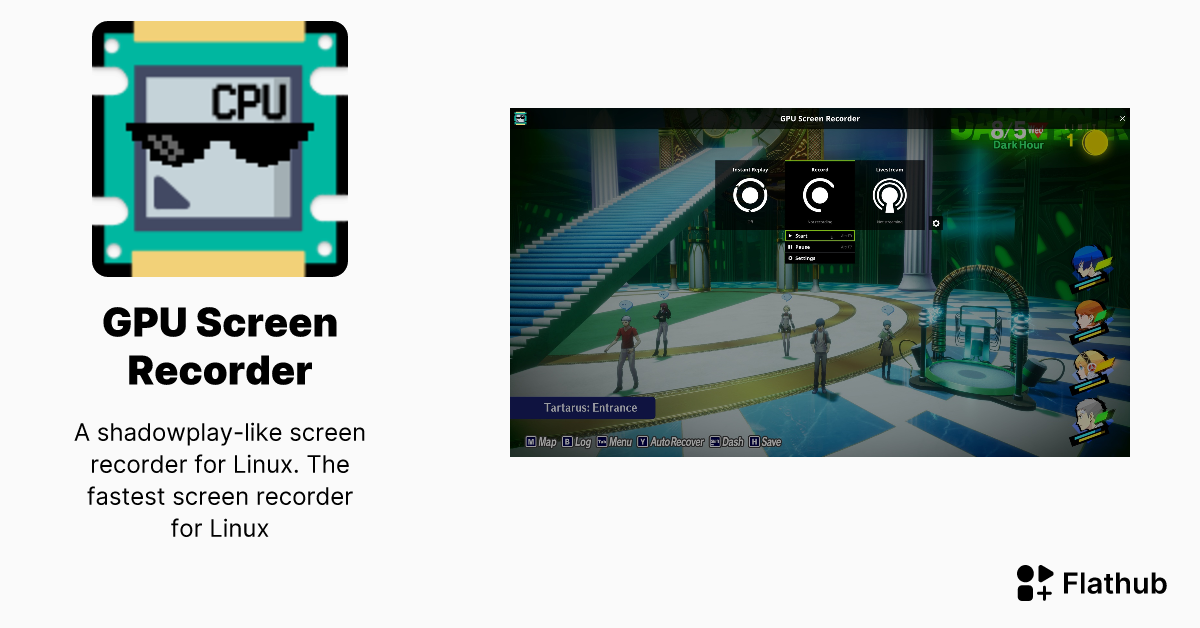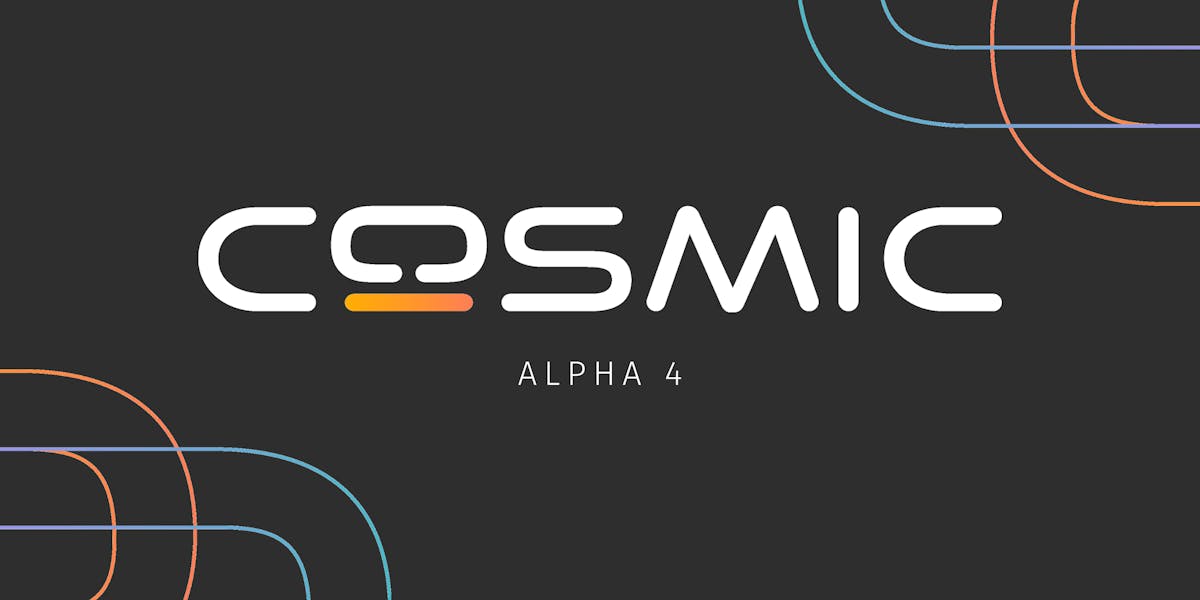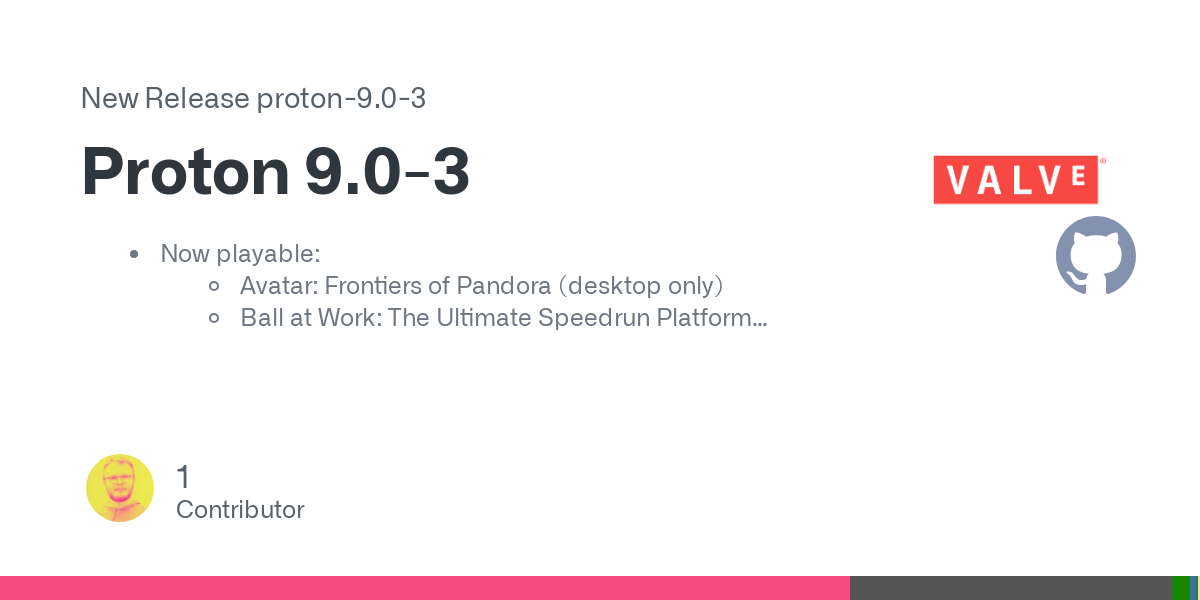Leaflet
- 13 Posts
- 8 Comments

 1·5 months ago
1·5 months agoThe issue with Proton is that it’s designed to work within Steam, sandboxed, and with Valve’s runtimes. There’s also a lot of hacks Steam uses to make games work on a per game basis based on the game’s steamid.
It doesn’t do that in Heroic. Which is why umu has been developed, its purpose is to run Proton outside of Steam but still be properly sandboxed and use Valve’s runtimes. It also has a database so that the same hacks used to make a game work on Steam are also applied to the GOG or Epic Games version.

 3·5 months ago
3·5 months agoHeroic doesn’t use Proton by default. Currently, it uses WineGE 8.26, which is rather old. But they plan on switching to Proton-GE once their umu integration is stable. It’s been working well for me in Skyrim.

 4·5 months ago
4·5 months agoYou can change the default size in Terminal settings. Go to the default profile, I believe it’s called Pop. Then change the number of columns and rows to what you prefer.
You can’t change the placement though. The only thing you can do is globally change the window placement rules in Gnome Tweaks to avoid overlapping.

 391·5 months ago
391·5 months agoOn AMD, it’s not uncommon for games to perform better than on Windows.
For Nvidia, games almost always perform worse than on Windows.

 6·8 months ago
6·8 months agoThey did sponsor/donate to someone who got the Epic Games Launcher working through wine. Don’t remember the exact details and can’t find a link though.

 61·9 months ago
61·9 months agoEven if Valve pushed their own Steam machine back then, it would have failed miserably. It simply had terrible game support because Proton didn’t exist (or integration with wine). Only the few native linux games out there would work.
But now Valve has Proton. I doubt the Steam Deck would have taken off if it wasn’t for that.

 7·2 years ago
7·2 years agoIntegrals. I can have an area function, integrate it, and then have a volume.
And if you look at it from the Rieman sum angle, you are pretty much adding up an infinite amount of tiny volumes (the area * width of slice) to get the full volume.








Blood is edited in.